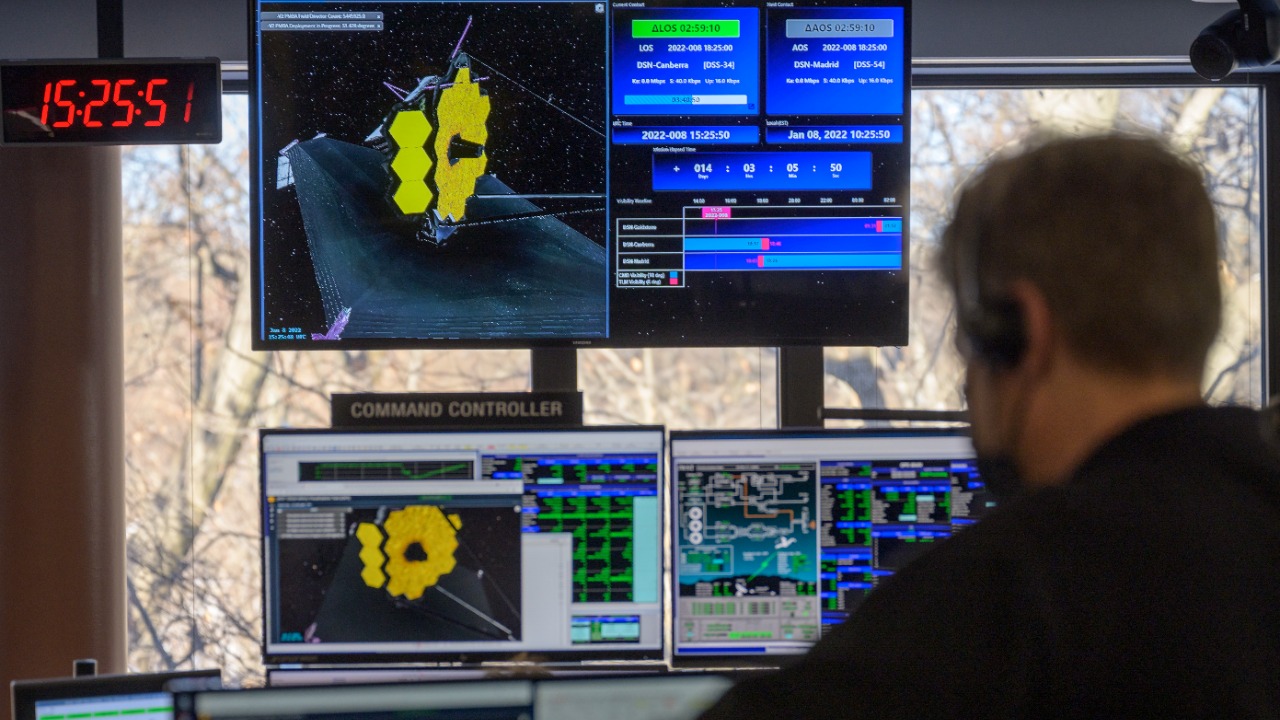
The James Webb Space Telescope (JWST) has made a groundbreaking discovery that challenges our understanding of the early universe. It has revealed that galaxies from this era were far more chaotic than previously thought, exhibiting irregular shapes, rapid star formation, and turbulent structures. This finding not only challenges long-standing models of cosmic evolution but also sheds light on the formation of modern galaxies, including the identification of a Milky Way-like galaxy in the early universe.
Background on the James Webb Space Telescope
Launched with the primary mission to observe the early universe through infrared light, the JWST has the capability to detect light from over 13 billion years ago. Its key capabilities include high-resolution imaging and spectroscopy, which allow for detailed analysis of distant galaxies’ compositions and dynamics. The JWST builds on the observations made by its predecessor, the Hubble Space Telescope, providing deeper insights into cosmic history without inventing new data.
The Discovery of Chaotic Early Galaxies
The JWST has revealed that galaxies in the early universe, dated to within 1 billion years after the Big Bang, exhibited highly irregular and clumpy structures, unlike the smooth disks of later epochs. This core finding, announced on October 21, 2025, challenges our understanding of cosmic evolution. Spectroscopic data from the JWST has also revealed intense starburst activity and gas turbulence in these galaxies, indicating chaotic formation processes.
Evidence from JWST Imaging
Images from the JWST show elongated, merging galaxy forms with bright star-forming regions scattered unevenly. This contrasts with our previous understanding of rapid stabilization in early galaxies. The JWST’s near-infrared camera captured these features, revealing hidden details that were obscured from previous telescopes. This chaotic nature of early galaxies was further emphasized in a follow-up report on October 23, 2025.
Comparison to Pre-JWST Models
The observed chaos in early galaxies contrasts starkly with older models that predicted quicker galaxy maturation into spiral shapes like the Milky Way. These findings challenge theories of dark matter halos and gravitational collapse in the universe’s first billion years. They also have significant implications for galaxy evolution timelines, suggesting a prolonged period of disorder rather than swift organization.
The Milky Way-Like Galaxy in the Early Universe
In 2023, a Milky Way-like galaxy was discovered in the early universe, existing just 2 billion years after the Big Bang. This galaxy, featuring a central bar structure and spiral arms, was found amid the surrounding chaos. It had a mass similar to our galaxy and showed signs of ordered rotation. This unexpected early analog to modern galaxies was reported on November 9, 2023, adding to our understanding of how modern galaxies may have formed.
Implications for Cosmic Evolution
The discovery of chaotic early galaxies suggests that more violent mergers and feedback from supernovae may have shaped the universe’s structure. This could lead to revisions in simulations of reionization and the role of black holes in stabilizing these systems. It also has broader effects on our understanding of the transition from chaotic clumps to organized galaxies over cosmic time.
Future Observations and Research Directions
Future JWST programs plan to target more early universe fields to map chaos patterns across redshifts. There is also potential for synergies with upcoming telescopes like the Extremely Large Telescope for multi-wavelength confirmation. These findings underscore the need for refined models that incorporate the observed chaos to predict galaxy formation accurately.
More from MorningOverview